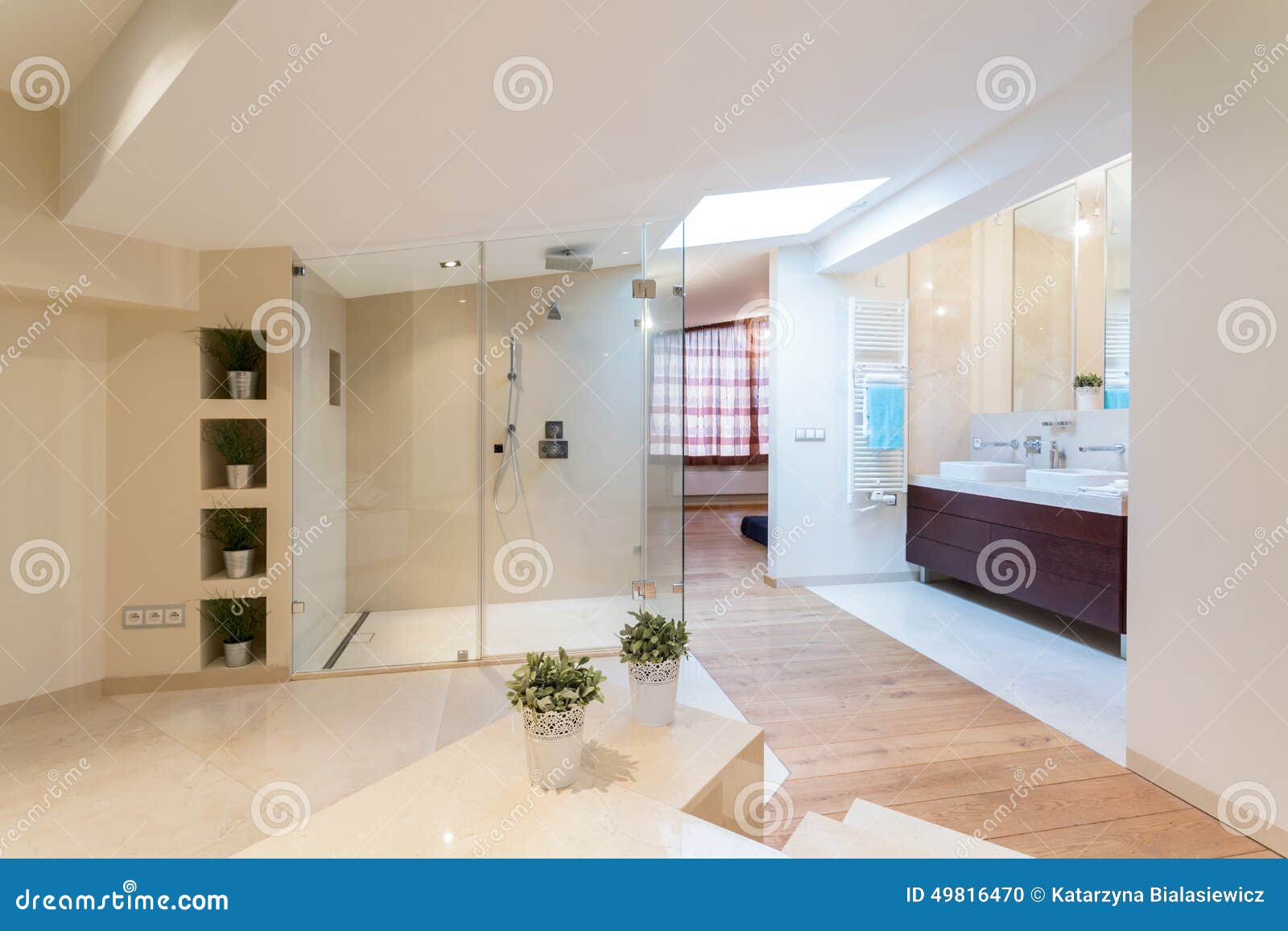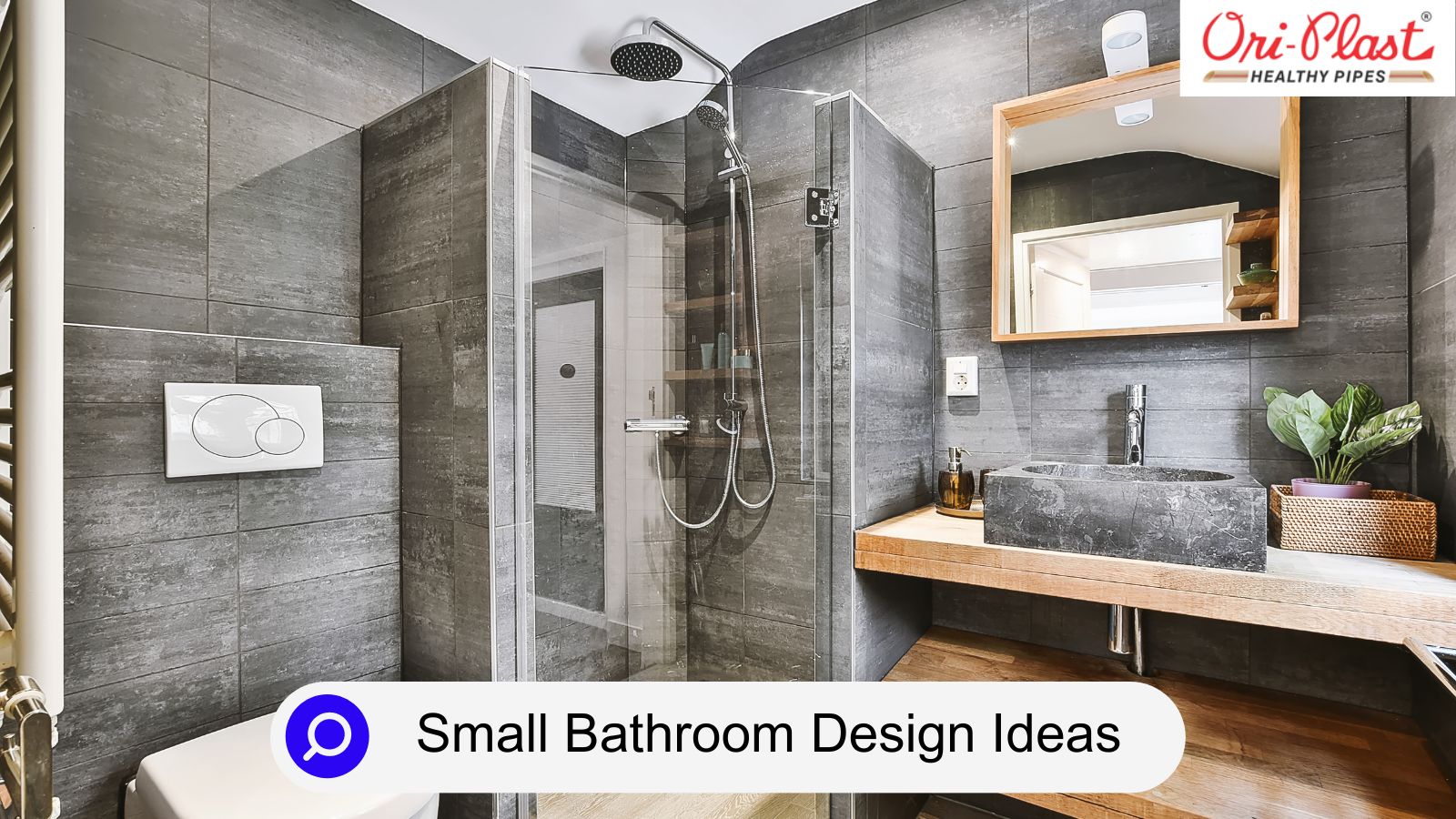Understanding En Suite Bathroom Installation

An en suite bathroom is a bathroom that is directly attached to a bedroom, offering a luxurious and convenient way to start and end your day. Think of it as your personal oasis, just steps away from your bed.
Advantages of En Suite Bathrooms
En suite bathrooms offer a range of benefits, making them a popular choice for homeowners. Here are some of the key advantages:
- Privacy and Convenience: Imagine waking up and being able to slip into your bathroom without having to navigate through the rest of the house. En suite bathrooms offer a level of privacy and convenience that is unmatched.
- Increased Home Value: Adding an en suite bathroom can significantly increase the value of your home, making it a smart investment. It’s a feature that many buyers look for, especially in today’s competitive real estate market.
- Enhanced Comfort and Relaxation: Having a dedicated bathroom right next to your bedroom creates a more luxurious and relaxing experience. You can unwind and pamper yourself without having to worry about sharing the bathroom with other family members.
Disadvantages of En Suite Bathrooms
While en suite bathrooms offer many advantages, they also come with some drawbacks:
- Cost: Installing an en suite bathroom can be a significant investment, especially if you are adding it to an existing home. This includes the cost of labor, materials, and any necessary plumbing or electrical work.
- Space Constraints: Adding an en suite bathroom can sometimes limit the available space in your bedroom or require modifications to the existing layout. This may not be feasible in all homes.
- Maintenance: Like any bathroom, en suite bathrooms require regular maintenance to keep them clean and functional. This includes tasks such as cleaning, replacing fixtures, and ensuring proper ventilation.
Types of En Suite Bathrooms
En suite bathrooms can be designed in a variety of ways to suit your needs and preferences. Here are some common types:
- Shower-Only En Suite: This type of en suite bathroom is ideal for smaller spaces and features a shower stall, toilet, and sink. It’s a practical and efficient option for those who prefer showers over baths.
- Bathtub and Shower En Suite: This is a more traditional type of en suite bathroom that includes both a bathtub and a shower. It offers greater flexibility and allows you to choose between soaking in a warm bath or taking a quick shower.
- Walk-in Shower En Suite: Walk-in showers are becoming increasingly popular due to their accessibility and ease of use. They eliminate the need for a step-over threshold, making them a great option for people with mobility issues.
Planning Your En Suite Bathroom Installation

Planning your en suite bathroom installation is like planning a vacation: it’s all about the details. A little bit of forethought can make the whole process smoother and more enjoyable, and you’ll be less likely to end up with a bathroom that looks like a hurricane hit it.
Budgeting for Your En Suite Bathroom Installation
Budgeting is a key part of planning. It’s easy to get caught up in the excitement of choosing fancy fixtures, but it’s important to be realistic about what you can afford. Think of it like a game of Tetris: you have a limited space and you need to fit all your bathroom dreams in it without going over budget.
The rule of thumb for budgeting is to allocate 10-15% of your home’s value for a bathroom renovation.
Here are some factors to consider when budgeting for your en suite bathroom installation:
- Labor costs: These can vary widely depending on your location and the complexity of the project. It’s a good idea to get quotes from multiple contractors before making a decision.
- Materials: This includes everything from tiles and flooring to fixtures and fittings. There’s a huge range of prices for materials, so it’s important to do your research and shop around.
- Unexpected costs: It’s always a good idea to build in a buffer for unexpected costs. This could be anything from discovering hidden plumbing issues to needing to replace a damaged wall.
Selecting Materials and Fixtures
Choosing the right materials and fixtures is like picking out the perfect outfit for your bathroom: it’s all about style and functionality. But unlike a fashion faux pas, a bad bathroom choice can be a major headache.
Here are some tips for selecting the right materials and fixtures:
- Consider your lifestyle: Are you a minimalist who loves clean lines and simple designs? Or are you a maximalist who craves a touch of luxury? Your personal style should guide your choices.
- Think about durability: You want materials and fixtures that can withstand the daily wear and tear of a bathroom. Look for things that are water-resistant, scratch-resistant, and easy to clean.
- Don’t forget the little things: Things like towel bars, soap dishes, and toilet paper holders might seem like small details, but they can make a big difference in the overall look and feel of your bathroom.
En Suite Bathroom Installation Process

Installing an en suite bathroom is a significant undertaking that requires careful planning and execution. It involves a series of steps, from demolition to finishing touches, each requiring specific tools and expertise. This section Artikels the essential stages involved in a typical en suite bathroom installation, providing insights into the necessary tools and equipment, and highlighting key considerations for each step.
Demolition and Preparation
Before starting the installation, the existing bathroom space needs to be prepared. This involves removing the old fixtures, flooring, and walls, if necessary.
- Remove Existing Fixtures: Disconnect and remove the old toilet, sink, shower, and any other fixtures. This may involve disconnecting water and drain lines, and removing screws and brackets.
- Remove Flooring: The old flooring needs to be removed, which could involve removing tiles, vinyl, or other materials. You may need to use a hammer and chisel or a specialized flooring removal tool.
- Remove Walls: If you’re changing the layout of the bathroom, you might need to remove existing walls or portions of walls. This requires careful planning and potentially the use of a demolition hammer or saw.
- Prepare the Area: Once the demolition is complete, you’ll need to clean up the debris and prepare the area for the new installation. This includes cleaning the surfaces, patching any holes or cracks, and leveling the floor.
Plumbing Installation
Plumbing is a crucial aspect of en suite bathroom installation, requiring accurate measurements, proper connections, and compliance with building codes.
- Install the Toilet: The toilet is typically installed first. This involves connecting the toilet to the water supply line and the drain pipe. Make sure the toilet is properly positioned and secured to the floor.
- Install the Sink: The sink is installed next, and this usually involves connecting the water supply lines and the drain pipe. Ensure the sink is properly secured to the countertop or vanity.
- Install the Shower: Shower installation involves connecting the water supply lines, installing the showerhead and shower arm, and ensuring proper drainage. This step may also involve installing a shower pan or base.
- Test and Inspect: After installing the plumbing fixtures, it’s essential to test them thoroughly to ensure they are working correctly. Check for leaks, proper water pressure, and drainage functionality.
Electrical Installation
Electrical work is another critical aspect of en suite bathroom installation, requiring proper wiring, grounding, and adherence to safety regulations.
- Install Electrical Outlets: Electrical outlets are necessary for lighting, ventilation, and any electrical appliances you plan to use in the bathroom. Ensure the outlets are installed in appropriate locations and are properly grounded.
- Install Lighting Fixtures: Install lighting fixtures, including the main light fixture, vanity lights, and any additional lighting you need. Make sure the wiring is correctly connected and the fixtures are properly secured.
- Install Ventilation: Install a bathroom exhaust fan to remove moisture and odors. This is essential for preventing mold and mildew growth.
- Inspect and Test: After completing the electrical work, it’s crucial to test the outlets, lights, and ventilation system to ensure they are working properly. Check for any wiring issues, loose connections, or faulty components.
Tiling Installation
Tiling is a common finish for en suite bathrooms, providing durability, water resistance, and aesthetic appeal.
- Prepare the Surface: Before tiling, prepare the surface by cleaning it thoroughly, applying a bonding agent, and ensuring it is level. This ensures the tiles adhere properly.
- Install the Tiles: Install the tiles using a tile adhesive and a trowel. Make sure the tiles are properly spaced and aligned. You may need to use spacers to maintain consistent spacing.
- Grout the Tiles: After the adhesive has dried, apply grout between the tiles. Use a grout float to spread the grout evenly and remove any excess.
- Clean and Seal: Once the grout has dried, clean the tiles with a damp cloth to remove any excess grout. Apply a sealant to protect the grout and tiles from moisture and stains.
Finishing Touches
Once the plumbing, electrical, and tiling work is completed, it’s time to add the finishing touches.
- Install the Vanity and Mirror: Install the vanity and mirror, making sure they are properly secured and level. Connect the sink to the vanity and ensure the drain is properly connected.
- Install the Shower Door: If you have a shower enclosure, install the shower door, ensuring it is properly fitted and functions smoothly.
- Install Accessories: Install any necessary accessories, such as towel bars, toilet paper holders, soap dishes, and shower caddies. Ensure they are properly secured and placed in convenient locations.
- Clean and Decorate: Clean the entire bathroom thoroughly to remove any dust or debris from the installation process. Decorate the bathroom to your liking with towels, rugs, and other decorative elements.
